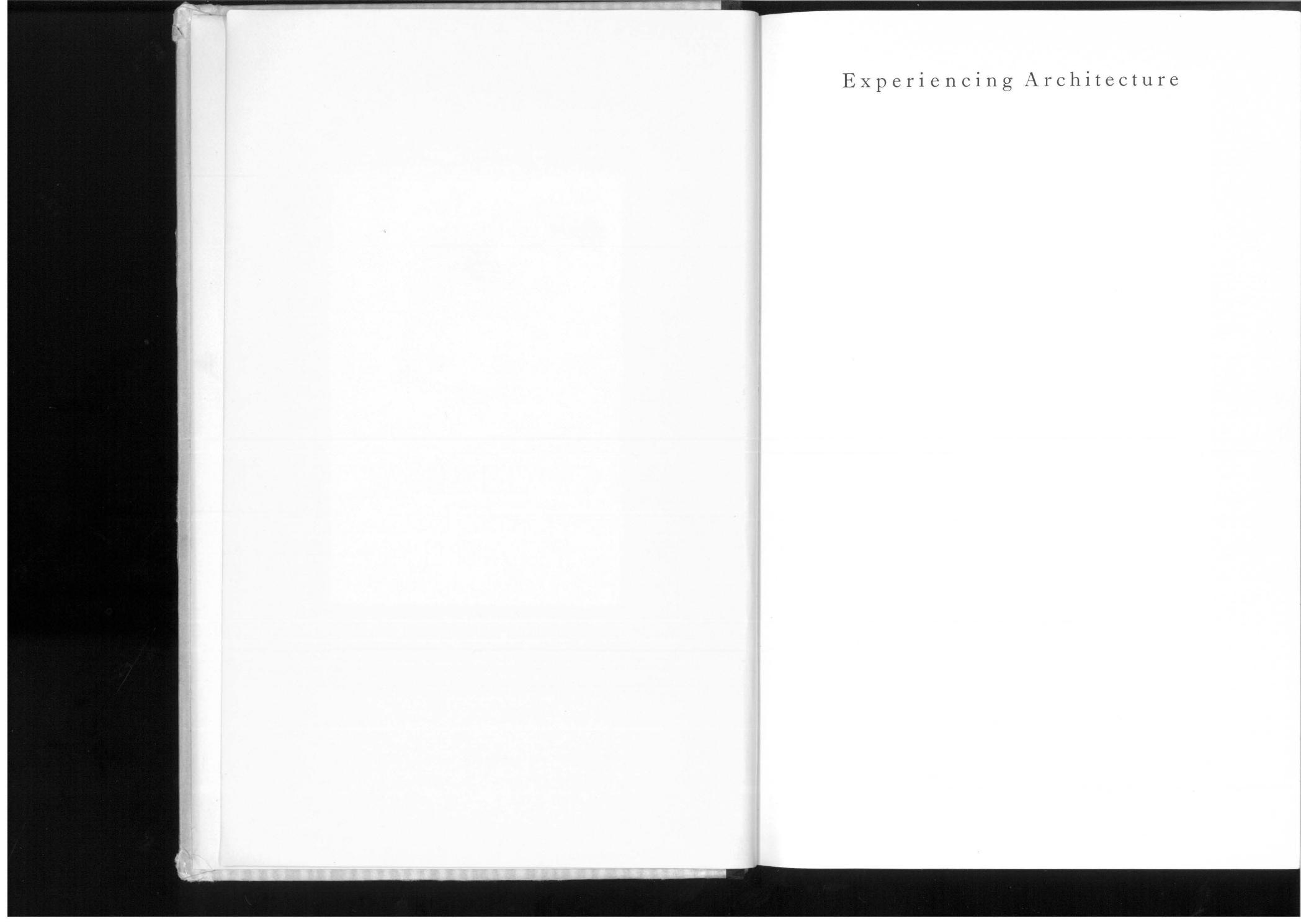Experiencing Architecture by Steen Eiler Rasmussen

Author:Steen Eiler Rasmussen [Rasmussen, Steen Eiler]
Language: eng
Format: epub, mobi, pdf
Tags: Architecture, Art, Design, Historical, Non-Fiction
ISBN: 9780262680028
Google: pZ50MeEQRAoC
Amazon: B002W05XRG
Publisher: MIT Press
Published: 1964-03-15T00:00:00+00:00
The Spanish Steps, Rome. Detail of an engraving by Piranesi
Measured drawing of Spanish Steps in Rome made by students of the Architectural School of the Danish Royal Academy, 1953. Scale 1:500
Peking’s central axis formed as a great processional road from palace to temple
In the same way many sacred buildings of other cults are formed around pageants and rituals in which strict symmetry is observed. In a cathedral the west-east axis, from the main entrance to the altar, is the backbone of the entire building. It indicates the direction of the great religious processions and of the attention of the worshippers. From pillar to pillar, from arch to arch, from vault to vault, the eye follows the great, solemn rhythm throughout the church. When they are seen as part of one continuous movement, it is natural that the individual bays of the building have not harmonic proportions; individually they mean nothing. Like the tones of the organ, they carry on and on and it is only in their rhythmic relation to each other that they obtain meaning. The strange thing about this kind of edifice built as a framework for processions is that even when it is empty the architecture alone produces the effect of a stirring and solemn procession. The churches of the Renaissance have a different rhythm. They are less ecstatic; they do not draw one’s attention steadily onward as Gothic churches do. The aim of the Renaissance architects was to create harmony and clarity, not tension and mystery. They preferred regular shapes: the square, the octagon, or the circle, covered by a hemispherical vault. Instead of pointed arches they employed semi-circular ones. When the church was not actually a centrally planned building, its rhythm from the west door to the dome of the crossing progressed at a dignified pace from one perfect form to the next. Renaissance architecture was based on mathematical rules of proportioning and, as we have already seen, you intuitively comprehend the harmony which the architect consciously and calculatedly devised.
Download
Experiencing Architecture by Steen Eiler Rasmussen.mobi
Experiencing Architecture by Steen Eiler Rasmussen.pdf
This site does not store any files on its server. We only index and link to content provided by other sites. Please contact the content providers to delete copyright contents if any and email us, we'll remove relevant links or contents immediately.
Kathy Andrews Collection by Kathy Andrews(10519)
The remains of the day by Kazuo Ishiguro(7551)
Spare by Prince Harry The Duke of Sussex(4195)
Paper Towns by Green John(4169)
The Body: A Guide for Occupants by Bill Bryson(3800)
Be in a Treehouse by Pete Nelson(3211)
Harry Potter and the Goblet Of Fire by J.K. Rowling(3041)
Goodbye Paradise(2961)
Never by Ken Follett(2879)
Into Thin Air by Jon Krakauer(2700)
The Remains of the Day by Kazuo Ishiguro(2617)
The Genius of Japanese Carpentry by Azby Brown(2608)
The Cellar by Natasha Preston(2594)
Drawing Shortcuts: Developing Quick Drawing Skills Using Today's Technology by Leggitt Jim(2532)
120 Days of Sodom by Marquis de Sade(2435)
Architecture 101 by Nicole Bridge(2350)
The Man Who Died Twice by Richard Osman(2297)
Machine Learning at Scale with H2O by Gregory Keys | David Whiting(2289)
Fairy Tale by Stephen King(2068)
